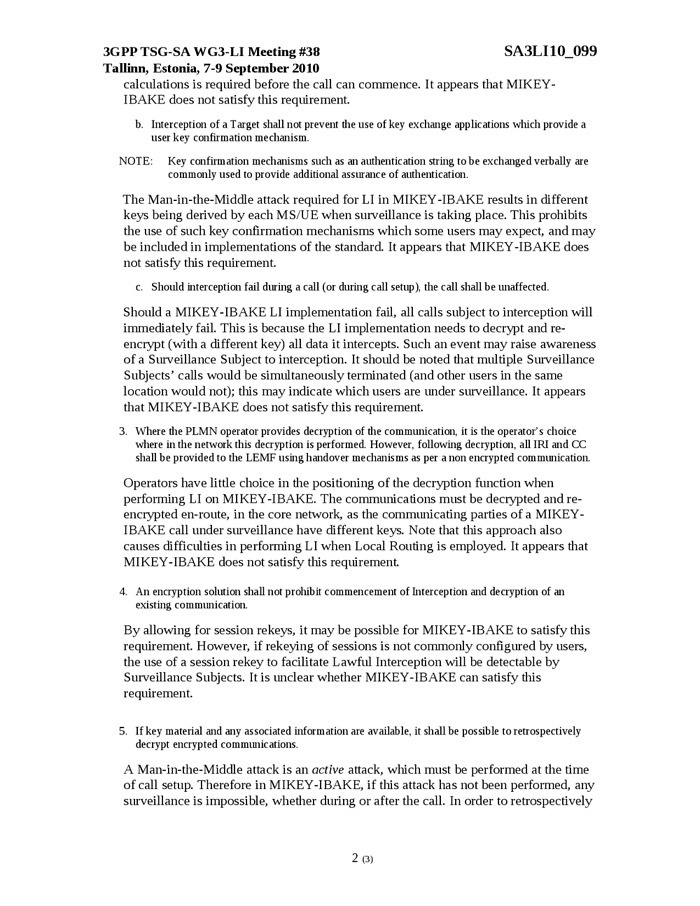Perspective on the P
Post on: 9 Июль, 2015 No Comment

Learn How To Interpret The Price To Earnings Ratio Of The Market
P/E Ratio Highs And Lows Of The S&P 500
To form some meaningful opinion about the P/E ratio of the market, you must have some perspective. Here are a few historical high and low points in the market that will give you some insight into normal and abnormal P/E ratios.
- At the peak of the internet/technology bubble, the stock market as measured by the S&P 500 Index was trading at a P/E ratio of 40, an all time high for that ratio.
- At the bottom of the worst bear markets, the stock market (S&P 500 Index) has traded at a P/E ratio of 7.
- The average P/E ratio of the market is about 14.
If you know that a P/E ratio of 40 is really high, a P/E ratio of 7 is really low, and a P/E ratio of 14 is average, you can begin to form some intelligent thoughts about the current value of the stock market.

The important thing to remember; there is not a set rule you can apply. You must use some common sense, and think about what is going on in the world.
If the economy gets in trouble, then corporate earnings can go down, and stock prices will go down. Even if the market seems fairly valued at a P/E ratio of 14, bad times could cause the market to continue on a downward spiral with the P/E ratio going much lower.
On the other hand, during booming economies, corporate earnings can continue to rise, and stock prices can continue to rise for many years in a row. A P/E ratio of 16, or even 20, does not automatically mean the market is overpriced. In the early 90’s, many thought the market was overvalued based on P/E ratios, and thus they missed years of great returns from 1994 – 1999.
Past P/E Bubbles
In the early 70’s, there was a group of stocks called the Nifty Fifty. These were fifty of the largest companies listed on the stock exchange, and institutions bought giant sized positions of their stock. As the stock prices soared, the P/E ratios of these companies grew to highs in the range of 65-92. The market crash of 73/74 came along, and by the early 80’s, these same companies had P/E ratios of 9-18.
It should have been plain common sense that no sizable company can grow continuously their earnings fast enough to justify an ongoing earnings multiple of 80-90.
The lesson wasn’t learned however, and the situation repeated itself in the late 90’s, with tech stocks. P/E ratios of the tech favorites routinely exceeded 100.
The lesson to be learned: Abnormally high P/E ratios, combined with exuberant headlines, can be a signal that the market is overheated and equity exposure should be reduced. Abnormally low P/E ratios, combined with pessimistic headlines, can be a signal that equity exposure should be increased.
For more on P/E ratios read A Random Walk Down Wall Street . by Burton Malkiel.














